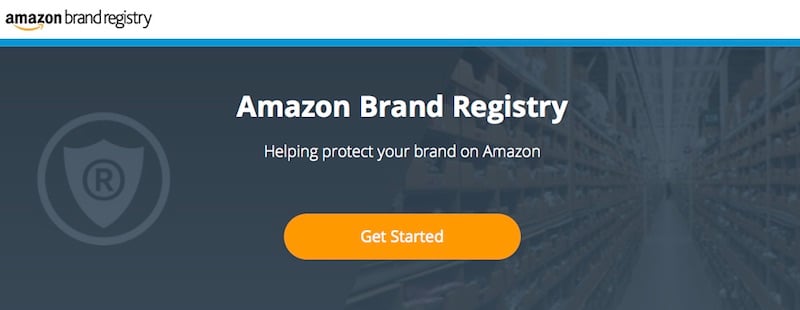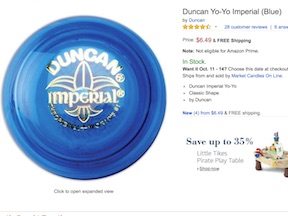
Amazon’s Brand Registry protects brand sellers from counterfeiters. It also helps consumers from unwittingly purchasing counterfeit products.
Protecting against knockoffs on Amazon can be a problem for ecommerce merchants. Thankfully, Amazon recently instituted its Brand Registry program, which is intended to protect the brands of marketplace sellers from counterfeiting. It also protects against consumer confusion by securing sellers’ brands, including in Amazon search results.
The new Amazon Brand Registry addresses a common problem. Prior to this program, sellers could source counterfeit or similar-looking goods and sell those goods by piggybacking on a brand’s Amazon listing. When consumers would purchase products from Amazon, they would sometimes receive the counterfeit or similar-looking goods instead of the originals. Consumers may not even know that the goods are counterfeit until they attempt to make a warranty claim. This type of deception can harm the goodwill that legitimate brands have spent large sums of money creating.
Before the Brand Registry, a seller could create a brand on Amazon relatively easy. It had only to prove that it held the domain name for that brand, that its project packaging contained the brand name, and that the product itself displayed the brand name.
The new Brand Registry program, however, is more rigorous. It is open only to those sellers that hold a registered trademark for their brand.
Trademark Registration
Sellers can obtain a registered trademark by filing an application for registration with the United States Patent and Trademark Office. Beyond just participation in the Amazon Brand Registry, registered trademarks provide additional benefits.
These benefits include the ability (a) to bring a federal trademark infringement lawsuit, (b) to obtain up to $2,000,000 in statutory damages for trademark infringement, (c) to use the ® symbol to put others on notice of your trademark rights, and (d) to obtain injunctive relief, costs, and attorneys’ fees.
Additionally, registered trademarks are often a company’s most valuable assets because they signify and protect the goodwill that a company has created over its years of business.
Upon the filing of a trademark application, it is assigned to an examining attorney at the United States Patent and Trademark Office, who will review the application to determine whether it contains any procedural or substantive deficiencies. If there are none, the application will proceed to registration.
If there are issues, the examining attorney will issue an office action to the applicant’s attorney rejecting the application. Upon receipt of an office action, the applicant’s attorney will draft a brief in support of registration. If the arguments in the brief are accepted by the examining attorney, the application will proceed to registration.
Typically, the overall trademark process takes 6-10 months.
Once a seller has obtained a trademark, it can register its brand with the Brand Registry. The Brand Registry is open to those sellers that manufacture their own branded products or sell their own branded products. By registering, a seller can have sole ownership of the Amazon Buy Box associated with that brand.
Reporting Counterfeits
If another seller attempts to hijack that Buy Box or listing, the registered seller need only contact Amazon to have the item removed. Amazon now promises that counterfeit claims submitted by Brand Registry participants will be dealt with in four hours. Brand Registry participants no longer need to perform a “test buy” before submitting a counterfeiting claim and the burden of proof now falls on the seller who is accused of counterfeiting.
The “Report a Violation” tool has also changed. Instead of identifying violations (and the related hyperlinks) manually, Brand Registry participants may use a new search tool to perform the equivalent of a reverse image search to locate violations of its intellectual property, including images, text, and keywords. This “Report a Violation” tool only applies to reporting violations associated with trademark or copyright infringement. Patent claims must still be submitted through Amazon’s traditional processes.
Overall, the Amazon Brand Registry will be a valuable tool for ecommerce merchants who sell or manufacture their own products. Trademark registration is the first step. Speak with an intellectual property attorney to take advantage of this new tool.






